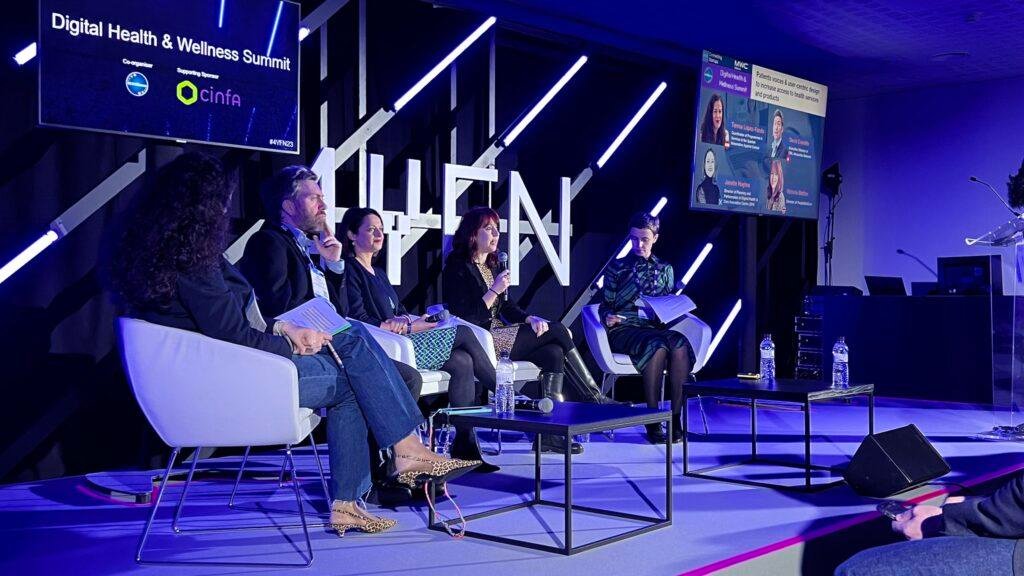This is the third article of the Dutch global non-profit patient organisation for patients with CMTC and Other Vascular (bloodvessel) Malformations, their families and healthcare providers.
As children are born with skin and/or physical problems, such as that at CMTC, we speak of Conspicuous External Features (CEF). Its divisiveness prevents this that there are all kinds of names are used which indicate the ‘ deviant ‘ or ‘ abnormal ‘ at CMTC sufferers such as English eg the word ‘ disfigurement ‘ either ‘ facial disfigurement ‘ or ‘ mutilation ‘ that sounds quite discriminatory. In that respect, they now use the word ‘ difference ‘, ‘ difference ‘, compared to others. At a ‘ deviant ‘ or ‘ abnormal ‘ appearance is often the link is made with a ‘ different ‘ psychological state. People in wheelchairs have the experience now and then to be called upon as a child or as being different.
People with CEF might suffer from a lowered self-esteem to meet the expectations of society by being a kind. While it is the only way to be different to deal with and confidence, to enter and not to meet an image of perfection that is imposed by society. Self-trust is also rather often a sensitive subject for people with CEF.
Dissatisfaction with the own appearance is common. However, sometimes shooting pretty by and people get obsessed with body parts that they find ugly. Experts estimate that in the Western world now even one in a hundred people suffers from some form of imagined ugliness. Assurances by the environment are also ineffective. The obsession with their appearance puts a lot of claim on their lives and that of their family, a body dysmorphic disorder with serious consequences.
Furthermore, one must look at all that these complaints at patients now can play an important if not dominant role once and since no effective treatment exists for most features, we will have to look into the extent to which opinions may play a role in the guidance of patients.
One can then think of a number of key stages in the life of the patient and the parents, such as:
- The first weeks and months after birth.
- Learn how to deal with other people’s comments on the state of the child.
- Learn to communicate on the state of the child.
- Help with problems that the child may get it to go to school and make friends.
- Social interactions.
The next time we will discuss ‘after the diagnosis’.
For more information: www.cmtc.nl/en
